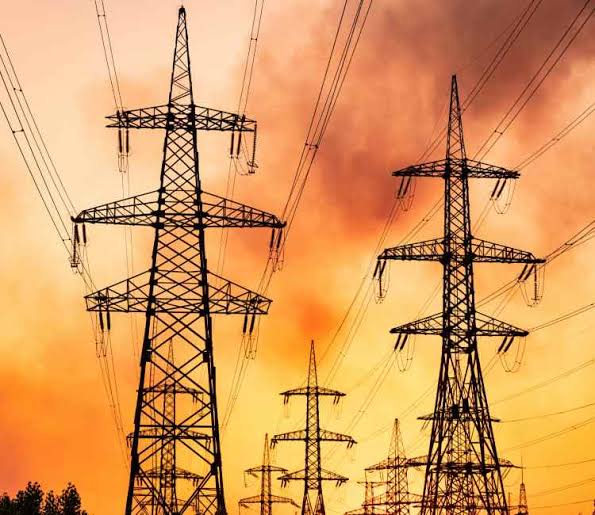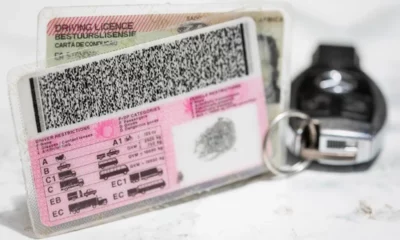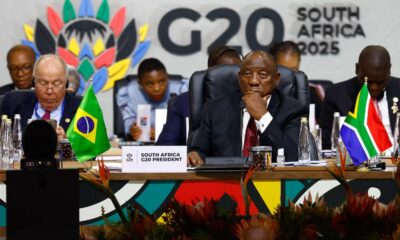News
From World’s Best to Bailouts: The Staggering Cost of Eskom’s Decline

There was a time when the name Eskom was spoken with pride, a benchmark for excellence in the global energy sector. Today, it is a symbol of a national crisis. The journey from being hailed as the world’s best power company to receiving a staggering R496 billion in taxpayer-funded bailouts is a dramatic tale of decline, one that has left every South African holding the bill.
This figure is not just a number. It represents a direct transfer of public wealth to prop up a state-owned entity that has been brought to its knees by a combination of corruption, mismanagement, and a failure to plan for the future.
A Legacy Squandered
In the early 2000s, Eskom was internationally recognised for its engineering prowess and efficient operations. It provided some of the cheapest and most reliable electricity in the world, a critical advantage that powered South Africa’s economy. This legacy was not just built on infrastructure; it was built on a culture of technical excellence and accountability.
That foundation was systematically dismantled. Years of state capture, questionable procurement deals, and a critical delay in building new power stations while the economy grew left the utility dangerously exposed. The skilled engineers who once ran the system were sidelined, and maintenance was deferred, creating a ticking time bomb.
The Bailout Era Begins
The consequences of this neglect finally exploded into the public consciousness as load shedding became a permanent and painful feature of daily life. As the lights flickered, so did Eskom’s financial stability. The utility, drowning in debt and unable to generate enough revenue to cover its costs, turned to the only lifeline left: the National Treasury.
The R496 billion in bailouts is the price tag for that rescue. This is money that could have been spent on building new schools, fixing hospitals, or providing social grants. Instead, it has been used to keep Eskom on life support, preventing a total grid collapse but not solving the underlying disease.
A Lesson in National Consequences
The story of Eskom is a cautionary tale for any nation. It shows how quickly institutional excellence can be eroded when governance fails. The cost is not abstract; it is felt in every shuttered small business, every failed appliance during a power surge, and every rand of taxpayer money that is diverted from service delivery to crisis management.
For South Africans, the R496 billion is more than a bailout. It is a measure of a great national failure. The path to recovery requires more than just fixing power stations; it demands a relentless commitment to rooting out corruption, reinstating professional management, and holding those responsible accountable. The goal must be to ensure that such a catastrophic decline can never happen again.
{Source: MyBroadBand}
Follow Joburg ETC on Facebook, Twitter , TikTok and Instagram
For more News in Johannesburg, visit joburgetc.com

























